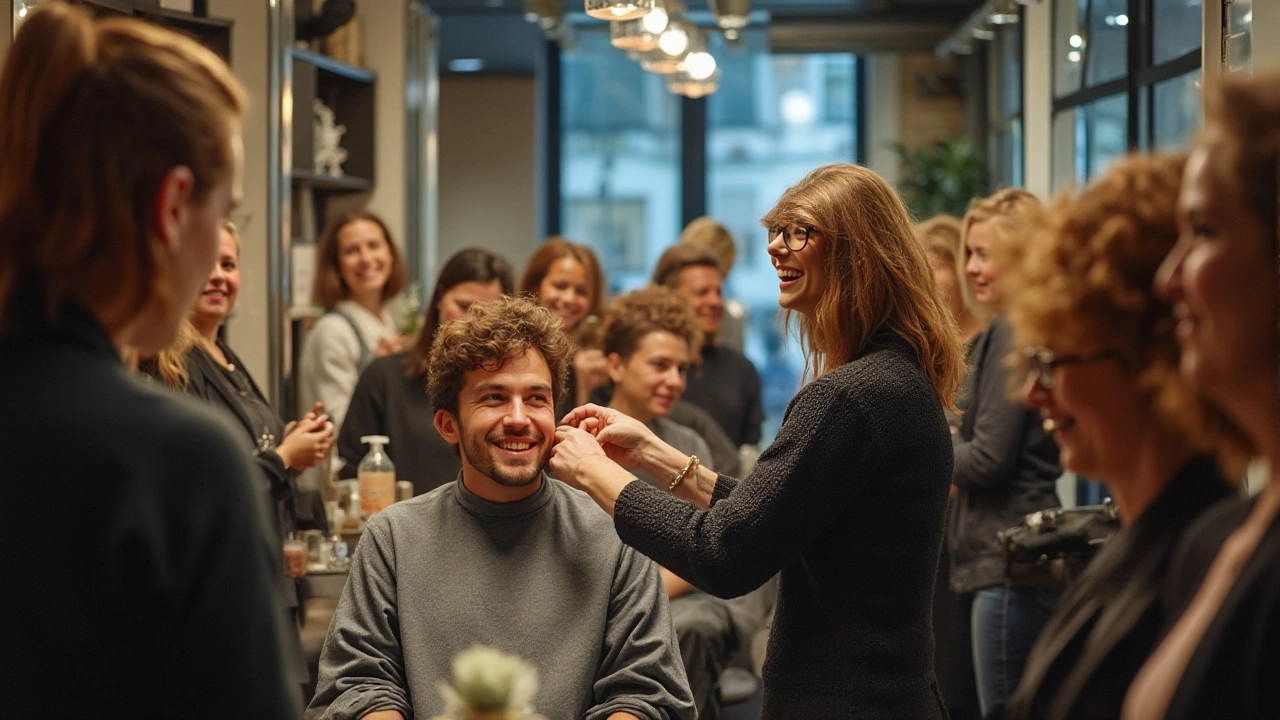Tipping Etiquette: Mastering the Art of the Tip
When navigating Tipping Etiquette, the set of unwritten rules that guide how, when, and how much to tip service workers. Also known as tip culture, it shapes interactions from cafés to clinics. Understanding these norms helps you show appreciation without overpaying.
One key player in any tip conversation is the Service Industry, the sector that includes restaurants, hotels, salons, and other customer‑facing businesses. Whether you’re ordering a latte or getting a facial, the industry’s pricing structure and employee compensation model dictate typical tip percentages. In a restaurant, a 15‑20% tip reflects the reliance on gratuities to supplement wages, while a salon often expects 10‑20% of the service cost. Knowing the baseline for each setting prevents awkward moments at the end of the bill.
Closely linked is Hospitality, the broader field that covers lodging, travel, and food service experiences. Hospitality standards vary by region, so a tip that feels generous in one country may be viewed as excessive—or even insulting—in another. For example, many European nations incorporate service charges into the menu price, so an extra tip is optional. In contrast, the United States expects a separate tip for almost every tabletop service. Recognizing these cultural signals keeps you respectful and avoids confusion.
Beyond Restaurants: Tipping in Beauty and Health Settings
When you step into a beauty clinic, you’re entering a space where Beauty Services, services like haircuts, massages, and skin treatments that often rely on tips for staff income are the norm. A massage therapist at Bolton Beauty Clinic, for instance, may anticipate a 10‑20% tip based on the treatment length and quality. Even though the clinic lists service fees, a tip acknowledges the personal attention and skill involved.
Some patients wonder whether Healthcare Providers, doctors, nurses, or allied health staff who deliver medical care should be tipped. In most Western countries, tipping medical staff is not customary and can even be discouraged due to professional ethics. However, ancillary staff like dental hygienists or aesthetic nurses in private practices might accept a modest gesture, especially if it’s not part of the official fee structure. Always check the clinic’s policy before reaching for your wallet.
Another nuance is the rise of digital payments. Mobile apps now let you add a tip before the transaction finalizes, making it easier to follow the appropriate percentage. While convenience is a plus, the core principle stays the same: match the tip to the service quality and local expectations.
Putting these pieces together, we see three main semantic connections: Tipping Etiquette encompasses cultural norms; it requires awareness of the service industry standards; and it is influenced by hospitality practices across regions. By treating each setting—restaurants, hotels, salons, or clinics—as its own micro‑ecosystem, you can adjust your tip quickly and confidently.
Below you’ll find a curated list of articles that break down specific scenarios, from dining out in the UK to tipping your massage therapist at Bolton Beauty Clinic. Each piece gives practical tips, real‑world examples, and the latest trends so you can tip like a pro no matter where you are.

Tipping Etiquette: Is $10 Right for Your $40 Haircut?
Wondering if a $10 tip is appropriate for a $40 haircut? Tipping can be tricky, especially when there are no hard and fast rules. Dive into the nuances of salon tipping etiquette, learn how to show appreciation without breaking the bank, and discover how factors like service quality and regional customs might influence your decision. Find helpful tips for those special situations to refine your tipping techniques.
© 2025. All rights reserved.